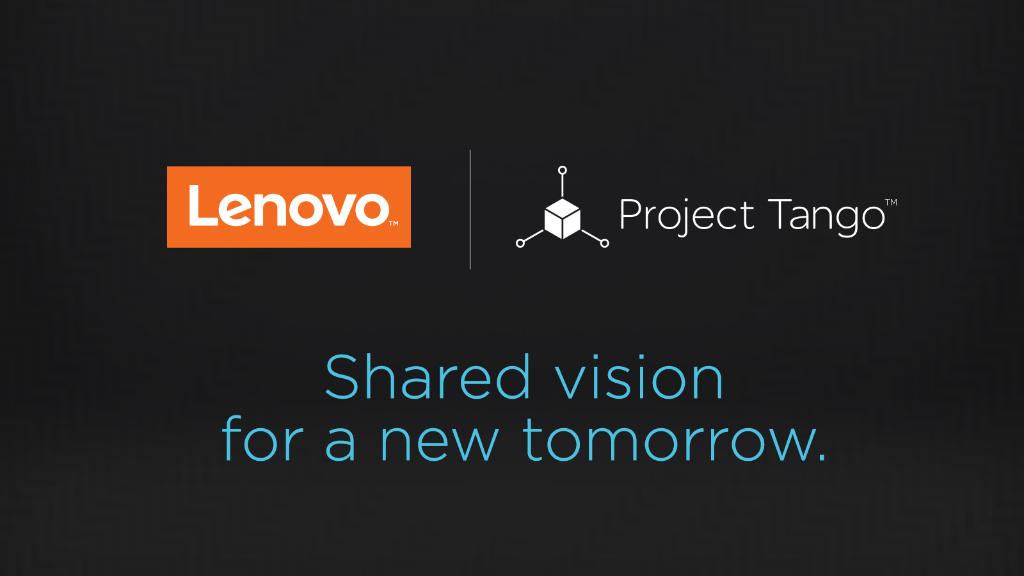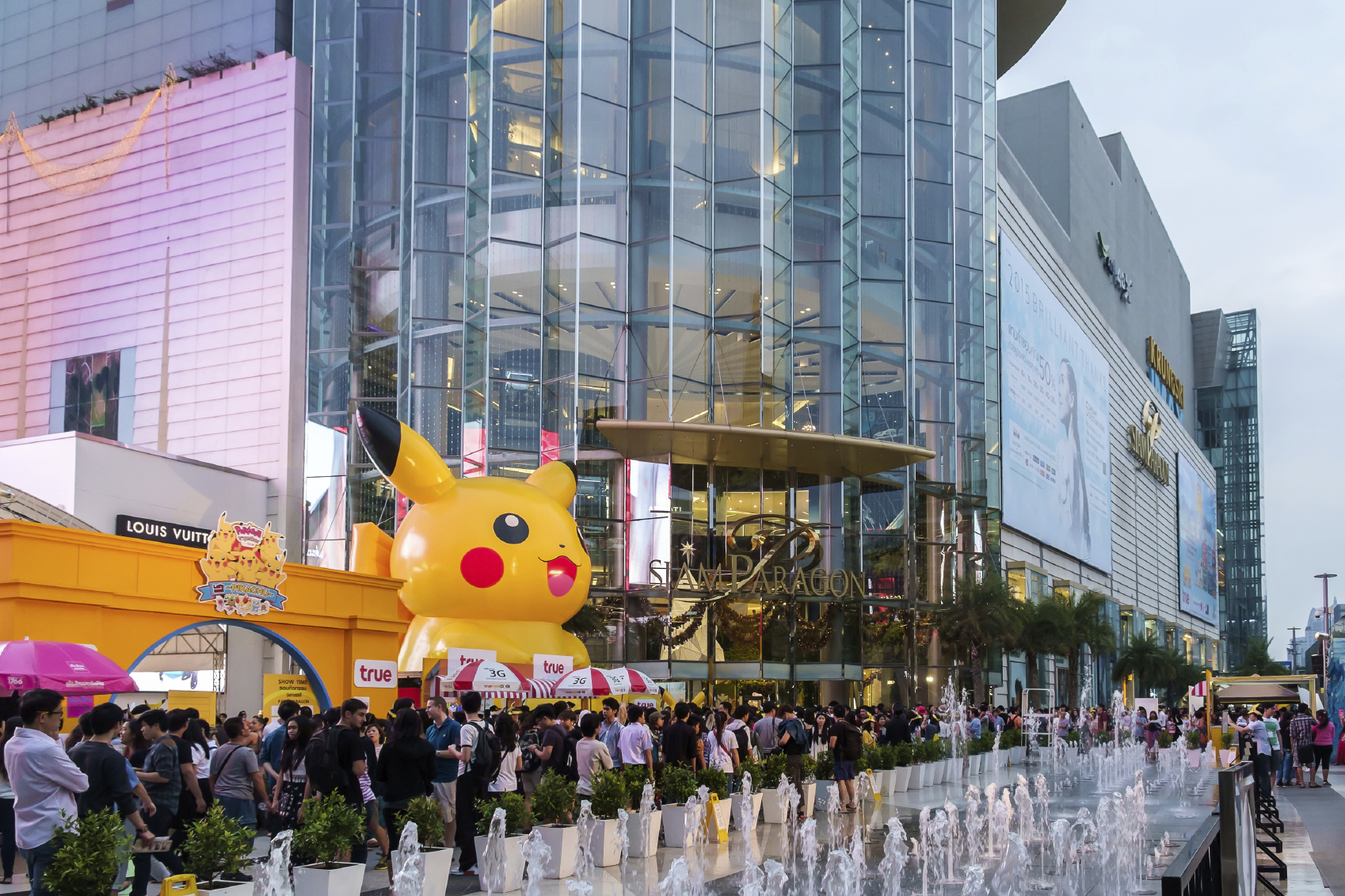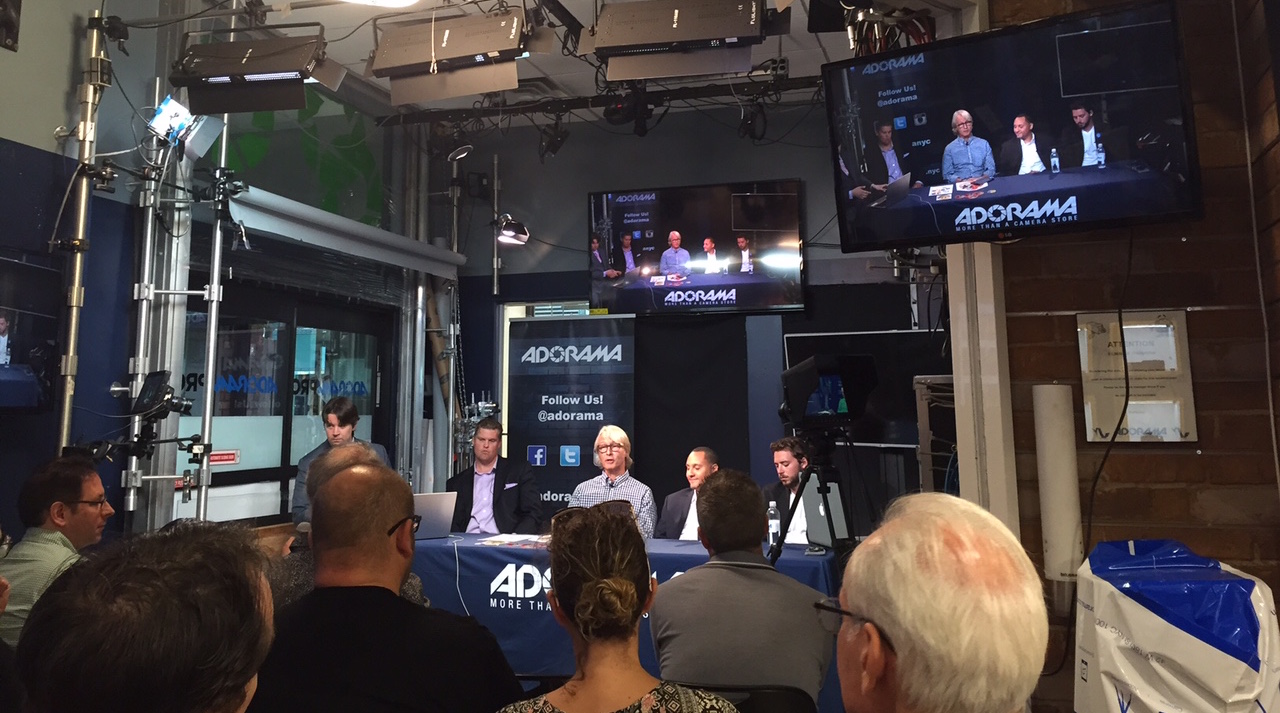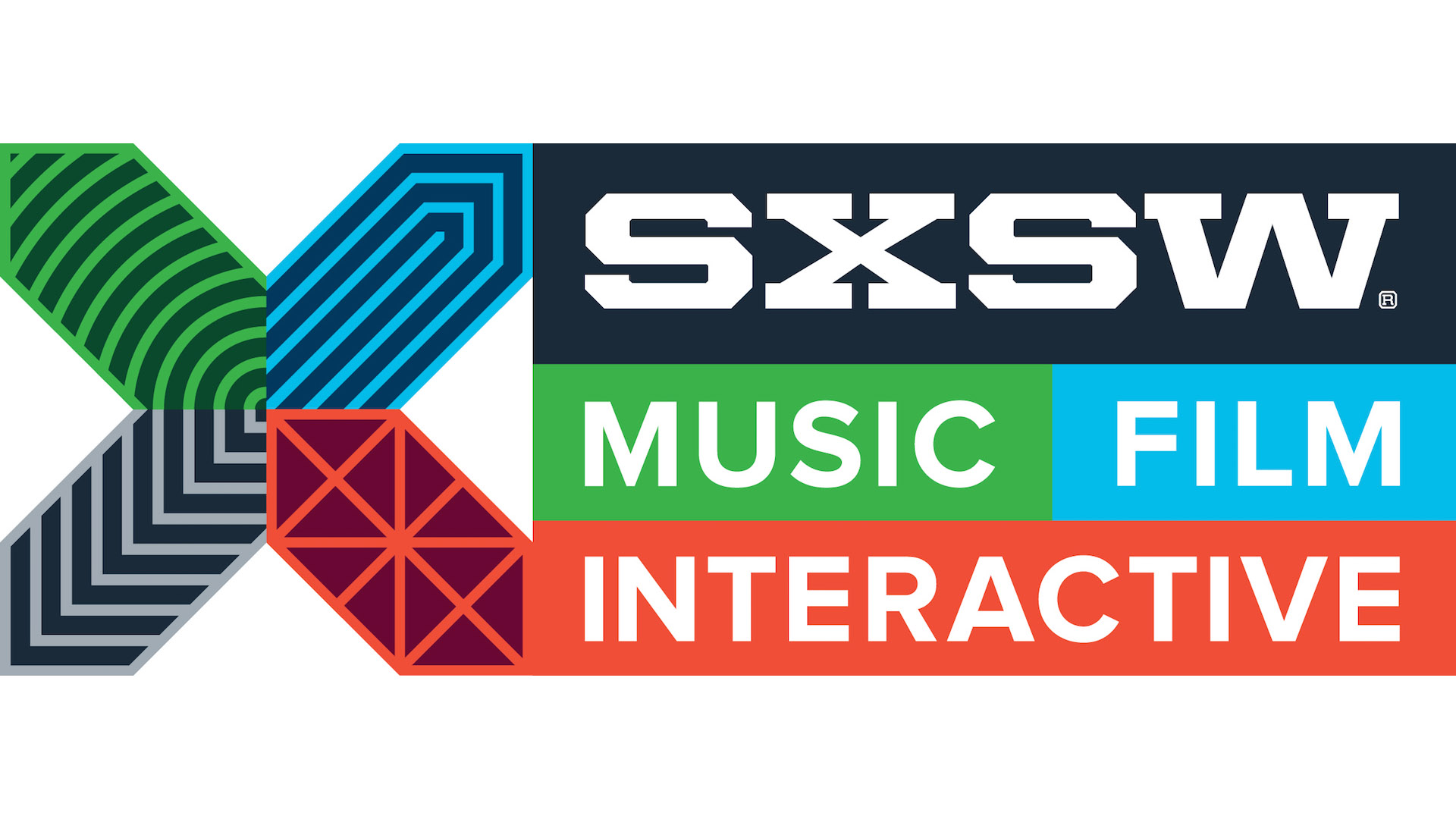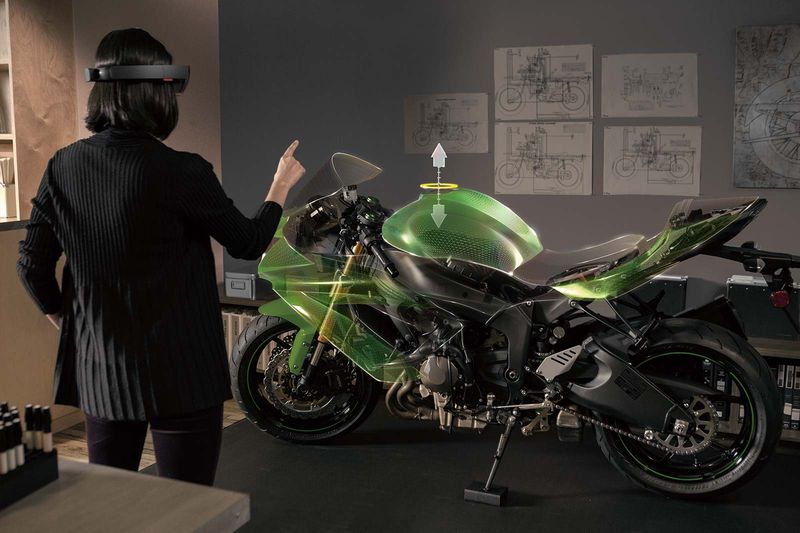What Happened
Legendary Entertainment is teaming up with Microsoft’s HoloLens team to create mixed reality content. The production studio is beginning with holograms of the characters from its Warcraft and Pacific Rim movies. At the Hollywood premiere of the Warcraft movie, Legendary showcased a HoloLens experience where users could see people interacting with a hologram of Orgrim Doomhammer, a main character from the Warcraft franchise.
What Brands Need To Do
This partnership sets a precedent for brands looking to explore augmented and mixed reality and create next-gen branded content. Recently, the viral success of Pokémon Go has been familiarizing millions of mainstream consumers worldwide with augmented reality technologies, and brands that wish to jump on this hot trend should consider partnering with content creators to develop branded AR content.
The Lab has extensive experience with AR technologies and how they apply to marketing. For anyone that has yet to experience augmented reality, the Lab has a HoloLens that is ready for demo. Please get in touch with our Client Services Director Samantha Holland ([email protected]) if you’d like to request a HoloLens demo or have a client opportunity.
Source: GeekWire
Header image courtesy of Legendary’s YouTube Video

